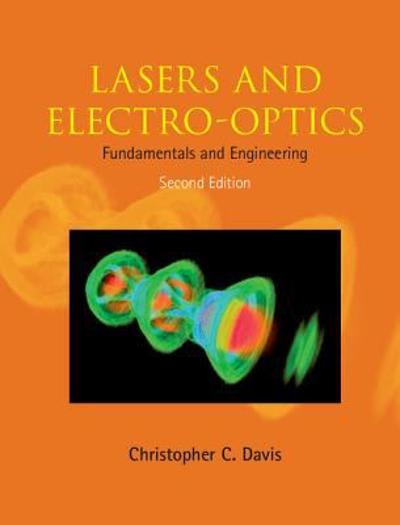Question
3. Every atom has a unique light emission spectrum, and this enables us to identify a certain substance by passing light the substance emits through
3. Every atom has a unique light emission spectrum, and this enables us to identify a certain substance by passing light the substance emits through a diffraction grating and determining if the spectral lines we see match those of a known substance. This is the primary way astronomers determine the composition of distant objects, like stars and exoplanets (planets beyond our solar system).
With objects in outer space, there is an additional complication. Such objects are typically moving relative to the Earth, and they may be moving away from us or toward us at a large speed. This motion affects the spectrum we see for a given substance because much like with the Doppler effect for sound in air, light emitted from a source moving relative to an observer will undergo a Doppler shift in its frequency. In this problem, we explore a simple example of how we can use light from an exoplanet to identify (a) whether or not it contains a certain element and (b) the planet's velocity relative to Earth.
In the following problem sequence, we try to determine which of three planets contains nitrogen. We start by examining the emission spectrum of nitrogen.
3.1. By applying the small angle approximation to the general (non-approximate) equations for the diffraction grating apparatus we've studied in class, show that if ym is the position of the mth order maximum in the diffraction pattern, then
Step by Step Solution
There are 3 Steps involved in it
Step: 1

Get Instant Access to Expert-Tailored Solutions
See step-by-step solutions with expert insights and AI powered tools for academic success
Step: 2

Step: 3

Ace Your Homework with AI
Get the answers you need in no time with our AI-driven, step-by-step assistance
Get Started


